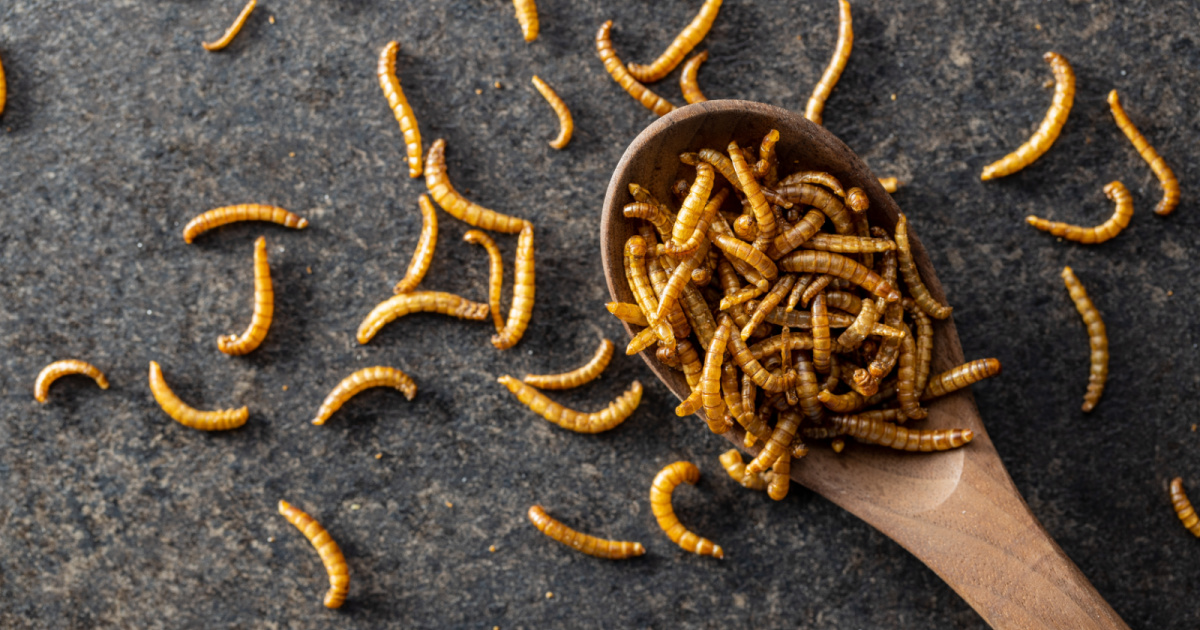
In the West, we don’t look much to insects when we’re considering what to make – or order in – for dinner.
In other locales, though, creepy crawlies are what’s for dinner.
Singapore even officially categorizes 20 different insects as food.
The Singapore Food Agency (SFA) has approved these for sale and consumption, according to a recent announcement.
“With immediate effect, SFA will allow the import of insects and insect products belonging to species that have been assessed to be of low regulatory concern. These insects and insect products can be used for human consumption or as animal feed for food-producing animals.”
On the list are five species of cricket, three types of locust, grasshoppers, seven types of beetle larvae (like mealworms and rhino beetle larvae), two types of moth larvae, silkworms, and honey bee larvae.
People like entomologist and food scientist Skye Blackburn, who enjoy consuming insects are obviously pleased.
“It’s really amazing to see that they have such a big list of species now that are approved for human consumption. It’s really showing that Singapore is a little bit more open than we thought they were going to be to edible insects.”
Eating bugs and beetles is common practice in more than 100 countries, and many believe they could be the answer to the growing climate apocalypse.
“Insects are an overlooked source of protein and a way to battle climate change. Our consumption of animal protein is the source of greenhouse gas and climate change … The consumption of insects can offset climate change in many ways.”
We have some work to do to convince most consumers that insects are a viable option for dinner, though the SFA believes that documenting where they were procured and that they’re safe could go a long way.
I think I’ll withhold judgement.
Probably for a long, long time.
Thought that was fascinating? Here’s another story you might like: Why You’ll Never See A Great White Shark In An Aquarium